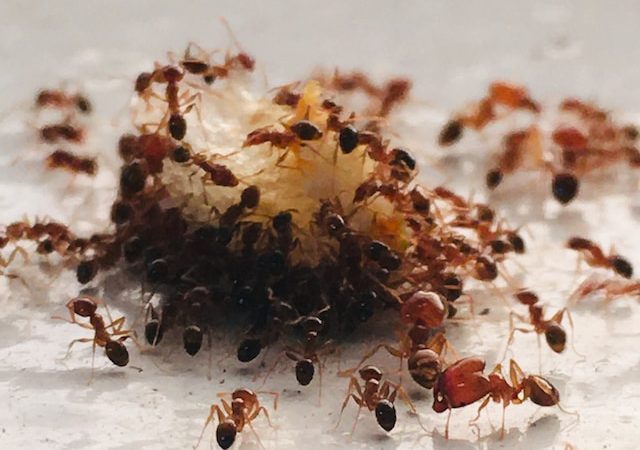Introduction: In the intricate world of ants, life unfolds through a fascinating and complex cycle. From the moment an egg is laid to the emergence of an adult ant, this journey is marked by remarkable transformations and stages of development. Join us as we delve into the captivating life cycle of ants, unraveling the mysteries
Introduction: In the intricate world of ants, life unfolds through a fascinating and complex cycle. From the moment an egg is laid to the emergence of an adult ant, this journey is marked by remarkable transformations and stages of development. Join us as we delve into the captivating life cycle of ants, unraveling the mysteries behind their growth and highlighting the incredible adaptations that enable their survival.
- The Egg Stage: The life cycle of an ant begins with the laying of eggs by the queen. These tiny, oval-shaped eggs are typically white and vary in size depending on the ant species. The queen carefully tends to the eggs, providing the warmth and moisture necessary for their development. The duration of the egg stage varies among ant species, typically ranging from a few days to a few weeks.
- The Larva Stage: Once the eggs hatch, the next stage of the ant’s life cycle begins—the larva stage. Ant larvae are legless and grub-like, resembling small, pale worms. During this phase, the larvae are entirely dependent on the worker ants for nourishment. The workers feed them regurgitated food, consisting of a mixture of proteins and sugars, ensuring their growth and development. Larvae molt several times, shedding their skin as they increase in size.
- The Pupa Stage: As the larvae reach their maximum size, they undergo a remarkable transformation known as metamorphosis. This transition marks the pupa stage, during which the larva spins a silk cocoon around itself. Encased within this protective shelter, the pupa undergoes internal changes as it develops into an adult ant. The pupal stage can last from a few days to several weeks, depending on the ant species.
- The Adult Stage: Finally, the pupa emerges from its cocoon as a fully developed adult ant. At this stage, the ant assumes its specific role within the colony, be it a worker, soldier, or queen. Workers are responsible for tasks such as foraging, caring for the young, and nest maintenance. Soldiers, with their specialized anatomy, defend the colony against threats. The queen’s primary role is to reproduce, ensuring the continuation of the colony.
- Colony Growth and Expansion: The life cycle of ants is not limited to the development of individuals; it encompasses the growth and expansion of the entire colony. Queens are capable of laying hundreds or even thousands of eggs throughout their lifespan, allowing for the establishment of new colonies. As the colony expands, more workers are produced, enabling the ants to undertake increasingly complex tasks and ensure the survival and success of the collective.
Conclusion: The life cycle of ants is a remarkable journey of transformation and adaptation. From the humble beginnings as tiny eggs, through the larva and pupa stages, to the emergence of fully developed adult ants, each phase plays a crucial role in the survival and functioning of the colony. Understanding the intricacies of the ant life cycle not only provides insight into the remarkable world of these social insects but also fosters a greater appreciation for the resilience and diversity of life on our planet.

















Leave a Comment
Your email address will not be published. Required fields are marked with *